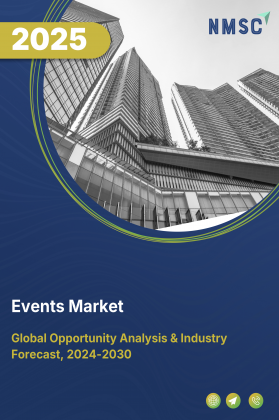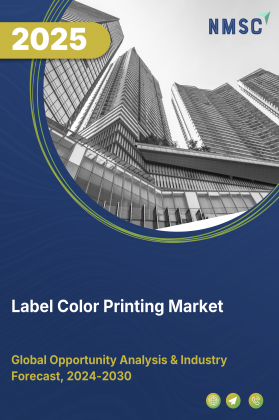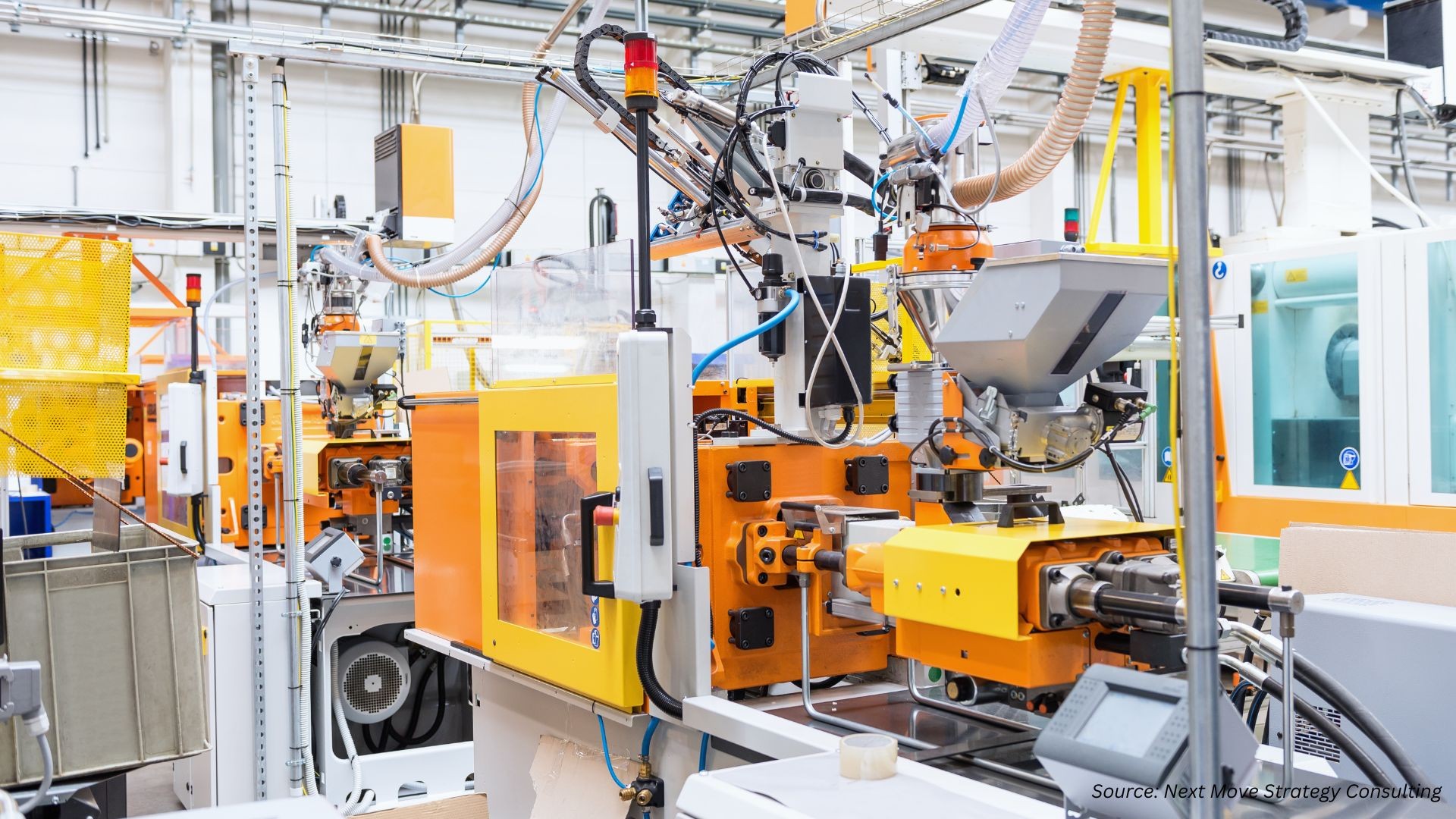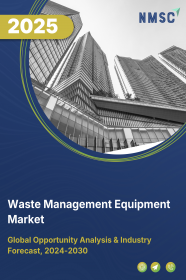
Waste Management Equipment Market by Product Type (Collection Equipment, Sorting & Separation Equipment, Material Recovery & Recycling Equipment, Treatment & Processing Equipment, Waste‑to‑Energy & Support Systems), by Type (Manual, Semi‑Automatic, Automatic), By Technology (Mechanical Technology, Biological Technology, Chemical Technology, Thermal Technology, Electrical Technology), and by End User (Residential, and Others) - Global Opportunity Analysis and Industry Forecast 2025-2030
Industry Overview
The global Waste Management Equipment Market size was valued at USD 26.19 billion in 2024 and is expected to reach USD 27.61 billion by the end of 2025. The industry is predicted to reach USD 36.06 billion by 2030 with a CAGR of 5.7% from 2025-2030.
The market is witnessing steady growth driven by stringent environmental regulations, rapid urbanization, and technological advancements in waste handling solutions. Governments across the globe are implementing strict mandates to minimize landfill usage, reduce emissions, and promote sustainable waste treatment fuelling demand for advanced equipment such as compactors, shredders, and automated sorting systems.
Rising urban populations and increasing waste volumes are further amplifying the need for efficient and scalable waste management infrastructure, especially in developing economies. Technological innovations, including AI-enabled sorters and smart collection systems, are enhancing operational efficiency while reducing labour costs.
However, the high initial investment required for modern waste equipment remains a key restraint, particularly for smaller municipalities and private operators. Despite this, the growing adoption of circular economy practices and heightened focus on recycling and material recovery present strong opportunities for manufacturers, positioning waste management equipment as a critical component of global sustainability efforts.
Stringent Environmental Regulations Drive Waste Management Equipment
The waste management equipment market growth is driven by stringent environmental regulations, rapid urbanization, and technological advancements in waste handling solutions. Governments across the globe are enforcing stricter environmental laws and waste management protocols to mitigate the harmful effects of unregulated waste disposal.
For instance, in India, regulatory enforcement by the Ministry of Environment, Forest, and Climate Change and the Central Pollution Control Board, coupled with Central Assistance under Swachh Bharat Mission 2.0, is accelerating source segregation, waste processing, and reduction in 2023.
Similarly, in the U.S., policies such as the SEC rules, California’s SB253, New York’s A4123, and the EU’s CSRD mandate compliance, transparency, and sustainability driving the adoption of efficient waste handling, recycling, and treatment technologies. These regulations have significantly increased investments in mechanized sorting systems, incineration plants, and landfill compactors across both developed and emerging markets.
Technological Advancements in Waste Handling Equipment Propel Market Growth
Technological innovation is playing a pivotal role in transforming the waste management sector. For instance, Bin-e is an AI-based smart waste bin designed for public spaces that simplifies recycling by automatically sorting and compressing waste, monitoring fill levels, and processing data for more efficient waste handling.
Additionally, modern sensor technologies now enable waste sorting systems to detect and classify materials based on physical and chemical properties, which previously required complex manual analysis. The integration of IoT in waste management is transforming how recycling operations are conducted, leveraging interconnected sensors and devices to enhance efficiency, optimize processes, and promote sustainability. These advanced systems reduce manual intervention, increase recycling rates, and provide real-time data insights, encouraging municipalities and private companies to modernize their equipment.
Rising Urbanization and Population Fuel Market Expansion
Rapid urbanization and a growing global population have led to a substantial rise in solid and industrial waste generation, placing immense pressure on cities to adopt scalable and efficient waste management solutions. In India, for example, waste generation is projected to reach 150 million tonnes by 2030, underscoring the urgent need for advanced infrastructure.
Encouragingly, about 70% of waste is currently processed, with 87% of urban wards practicing source segregation marking significant progress in sustainable waste handling. The country also supports this momentum with 2,285 functional waste-to-compost plants capable of processing 71,682 tonnes per day, along with 123 waste-to-energy plants handling 4,746 tonnes daily. This mounting demand has catalysed increased investments in modern waste management equipment and technologies to ensure cities can manage the rising volumes effectively and sustainably.
High Initial Investment Costs Hinder the Growth of the Market
One of the key challenges hindering the waste management equipment market expansion is the substantial capital investment required for the procurement and upkeep of advanced systems. While these technologies offer significant long-term operational and environmental benefits, the high upfront costs remain a major barrier particularly for municipalities and small-scale waste management operators in developing regions. Budget constraints often restrict their ability to upgrade existing infrastructure or adopt innovative solutions, thereby slowing the overall pace of technological advancement and limiting the market’s full potential.
Rising Adoption of Circular Economy and Recycling Practices Presents Growth Opportunities in the Market
The global shift toward sustainable development and circular economy models present a significant opportunity for the market. Governments and industries are increasingly prioritizing waste reduction, reuse, and recycling to conserve resources and minimize landfill use.
According to the Solid Waste Management Rules in India, all waste generators are required to segregate and store waste properly, promoting sustainable practices. For instance, Central assistance through the Swachh Bharat Mission 2.0 supports faster adoption of source segregation, efficient waste processing, and overall waste reduction. This transition has created demand for specialized equipment that facilitates material recovery, recycling, and composting, opening new revenue streams and encouraging innovation within the market.
Market Segmentation and Scope of Study
The waste management equipment market report is segmented based on product type, type, technology, and end-user. Based on product type, the market is categorized into collection equipment, sorting and separation equipment, material recovery and recycling equipment, treatment and processing equipment, and waste-to-energy and support systems. Based on type, the market is segmented into manual, semi-automatic, and automatic. On the basis of technology, the market is divided into mechanical, biological, chemical, thermal, and electrical technologies. By end-user, the market is segmented into residential, commercial. Based on region, the market is segmented into North America, Europe, Asia-Pacific and Rest of World.
Geographical Analysis
Strict environmental policies and corporate sustainability commitments shape North America’s waste management landscape. The U.S. and Canada prioritize automated sorting systems and landfill diversion technologies, with Extended Producer Responsibility (EPR) laws accelerating advanced recycling infrastructure. Major players invest in AI-guided optical sorters and IoT-enabled compactors to optimize collection efficiency. Regulatory pressure fuels demand for methane-capture systems and robotic waste handlers, positioning the region as a testing ground for high-tech solutions.
Europe’s waste sector operates under the EU’s binding circular economy framework, which mandates aggressive recycling targets. According to Zero Waste Europe , the EU planned funding for waste management, which is estimated to be EUR 3.84 billion, while the actual spending by member states is even higher, at EUR 5.31 billion. Cross-border standardization initiatives encourage modular equipment design, while landfill taxes push organic waste toward anaerobic digestion. The region’s emphasis on lifecycle management makes it a hub for industrial symbiosis innovations.
Asia-Pacific's waste management strategies are defined by responses to intense urban growth and varying local capacities. China and India emphasize community-level solutions tailored to dense living environments from neighbourhood collection points in vertical communities to localized organic processing in underserved areas. Japan’s efficiency-driven model differs from Southeast Asia’s preference for practical, accessible tools suited to smaller budgets.
For instance, the 12th Regional 3R and Circular Economy Forum in Asia and the Pacific was held in Jaipur, India, in March 2025, marking a significant milestone in regional cooperation for sustainable waste management and circular economy initiatives. This Forum plays a crucial role of providing a critical platform for policymakers, industry leaders, researchers, and development partners to discuss and implement sustainable solutions for waste management and resource efficiency. Across the region, initiatives prioritize resilient and flexible approaches capable of managing complex waste streams in crowded cities, while remote areas benefit from self-sustaining methods requiring minimal infrastructure.
Emerging economies bypass legacy infrastructure through targeted solutions. Latin America embraces public-private partnerships for container-based sanitation systems, while the Middle East invests in industrial shredders for zero-landfill initiatives. Sub-Saharan Africa leverages off-grid equipment like solar compactors and mobile recycling units, funded by green finance. This region demonstrates how modular, renewable-powered tech can transform waste management despite fiscal constraints.
Strategic Innovations Adopted by Key Players
Key players in the global waste management equipment industry, including Terex, CP Manufacturing, ZenRobotics, Hitachi Construction Machinery Europe, Wastequip, Marathon Equipment, and Sierra, are accelerating growth through product innovation, strategic expansion, and AI-driven solutions.
-
Terex Debuts Next Gen Shredders & Trommel Prototype at IFAT 2024, at the world’s leading environmental technology trade fair in Munich, Terex unveiled two high throughput shredders designed for metal and mixed waste streams, alongside a novel trommel screening prototype that boosts separation efficiency by up to 20 %.
-
ZenRobotics Launches AI Powered “ZenRobotics 4.0” Sorting System Building on its previous automation platforms, ZenRobotics rolled out an advanced version of its robotic sorter that uses deep learning algorithms to identify and divert up to 15 distinct waste fractions in real time, accelerating material recovery.
-
CP Manufacturing Opens 70 tph MRF in Irwindale, CA. In response to surging West Coast demand, CP Manufacturing commissioned a new high capacity materials recovery facility capable of processing 70 tons of mixed recyclables per hour one of the largest single line plants in North America.
-
Wastequip Injects $21 Million into North Carolina Production Hub. Wastequip announced a major expansion of its Statesville manufacturing campus, adding 200 000 ft² of fabrication space and installing automated welding cells to double output of roll off containers and compactors.
-
Hitachi Construction Machinery Europe Unveils “LANDCROS” Fleet Management Suite at Bauma 2025. At the Bauma exhibition in Munich, Hitachi introduced its cloud based telematics system LANDCROS which offers live tracking, predictive maintenance alerts, and utilization analytics for demolition and recycling fleets.
By combining advanced hardware, regional service footprints, and software enabled intelligence, these key players are positioning themselves to meet escalating regulatory demands and capitalize on rising global investments in sustainable waste processing.
Key Benefits
-
The report provides quantitative analysis and estimations of the waste management equipment market share from 2025 to 2030, which assists in identifying the prevailing industry opportunities.
-
The study comprises a deep dive analysis of the current and future waste management equipment market trends to depict prevalent investment pockets in the sector.
-
Information related to key drivers, restraints, and opportunities and their impact on the industry is provided in the report.
-
Competitive analysis of the players, along with their market share, is provided in the report.
-
SWOT analysis and Porter's Five Forces model are elaborated in the study.
-
Value chain analysis in the market study provides a clear picture of the roles of stakeholders.
Waste Management Equipment Market Key Segments
By Product Type
-
Collection Equipment
-
Bins & Containers
-
Compactors & Balers
-
Collection Vehicles (trucks)
-
-
Sorting & Separation Equipment
-
Trommels & Screens
-
Magnetic / Eddy‑current Separators
-
Optical / Sensor‑based Sorters
-
-
Material Recovery & Recycling Equipment
-
Shredders & Granulators
-
Crushers & Pulverizers
-
-
Treatment & Processing Equipment
-
Composting Equipment (In‑vessel, Windrow)
-
Anaerobic Digesters
-
Incinerators & Pyrolysis Units
-
-
Waste‑to‑Energy & Support Systems
-
Gasification & Biogas Plants
-
WtE Boilers & Turbines
-
Conveyors, Feeders & Dust‑Extraction Systems
-
By Type
-
Manual
-
Handheld Tools
-
Manual Trucks
-
-
Semi‑Automatic
-
Semi‑mechanized Equipment
-
Sensor‑based Systems
-
-
Automatic
-
AI‑enabled Systems
-
Robotics
-
By Technology
-
Mechanical Technology
-
Biological Technology
-
Chemical Technology
-
Thermal Technology
-
Electrical Technology
By End User
-
Residential
-
Commercial
-
Retail
-
Hospitality
-
Healthcare
-
-
Industrial
-
Manufacturing
-
Mining
-
Oil & Gas
-
-
Healthcare
-
Construction
-
Government/Municipal
By Region
-
North America
-
The U.S.
-
Canada
-
Mexico
-
-
Europe
-
The U.K.
-
Germany
-
France
-
Italy
-
Spain
-
Denmark
-
Netherlands
-
Finland
-
Sweden
-
Norway
-
Russia
-
Rest of Europe
-
-
Asia-Pacific
-
China
-
Japan
-
India
-
South Korea
-
Australia
-
Indonesia
-
Singapore
-
Taiwan
-
Thailand
-
Rest of Asia-Pacific
-
-
RoW
-
Latin America
-
Middle East
-
Africa
-
Key Players
-
Sierra International Machinery, LLC
-
CP Manufacturing, Inc.
-
Terex Corporation (Environmental Solutions segment)
-
Wastequip LLC
-
Hitachi Reliable Solutions
-
Morita Holdings Corporation
-
Marathon Equipment Company
-
McNeilus Truck and Manufacturing
-
Lindner
-
Vecoplan LLC
-
Komptech GmbH
-
Doppstadt Umwelttechnik GmbH
-
SSI Shredding Systems, Inc.
-
WEIMA Maschinenbau GmbH
-
Herbold Meckesheim GmbH
Report Scope and Segmentation
|
Parameters |
Details |
|
Market Size in 2025 |
USD 27.61 billion |
|
Revenue Forecast in 2030 |
USD 36.06 billion |
|
Growth Rate |
CAGR of 5.7% from 2025 to 2030 |
|
Analysis Period |
2024–2030 |
|
Base Year Considered |
2024 |
|
Forecast Period |
2025–2030 |
|
Market Size Estimation |
Billion |
|
Growth Factors |
|
|
Countries Covered |
28 |
|
Companies Profiled |
15 |
|
Market Share |
Available for 10 companies |
|
Customization Scope |
Free customization (equivalent to up to 80 working hours of analysts) after purchase. Addition or alteration to country, regional, and segment scope. |
|
Pricing and Purchase Options |
Avail customized purchase options to meet your exact research needs. |


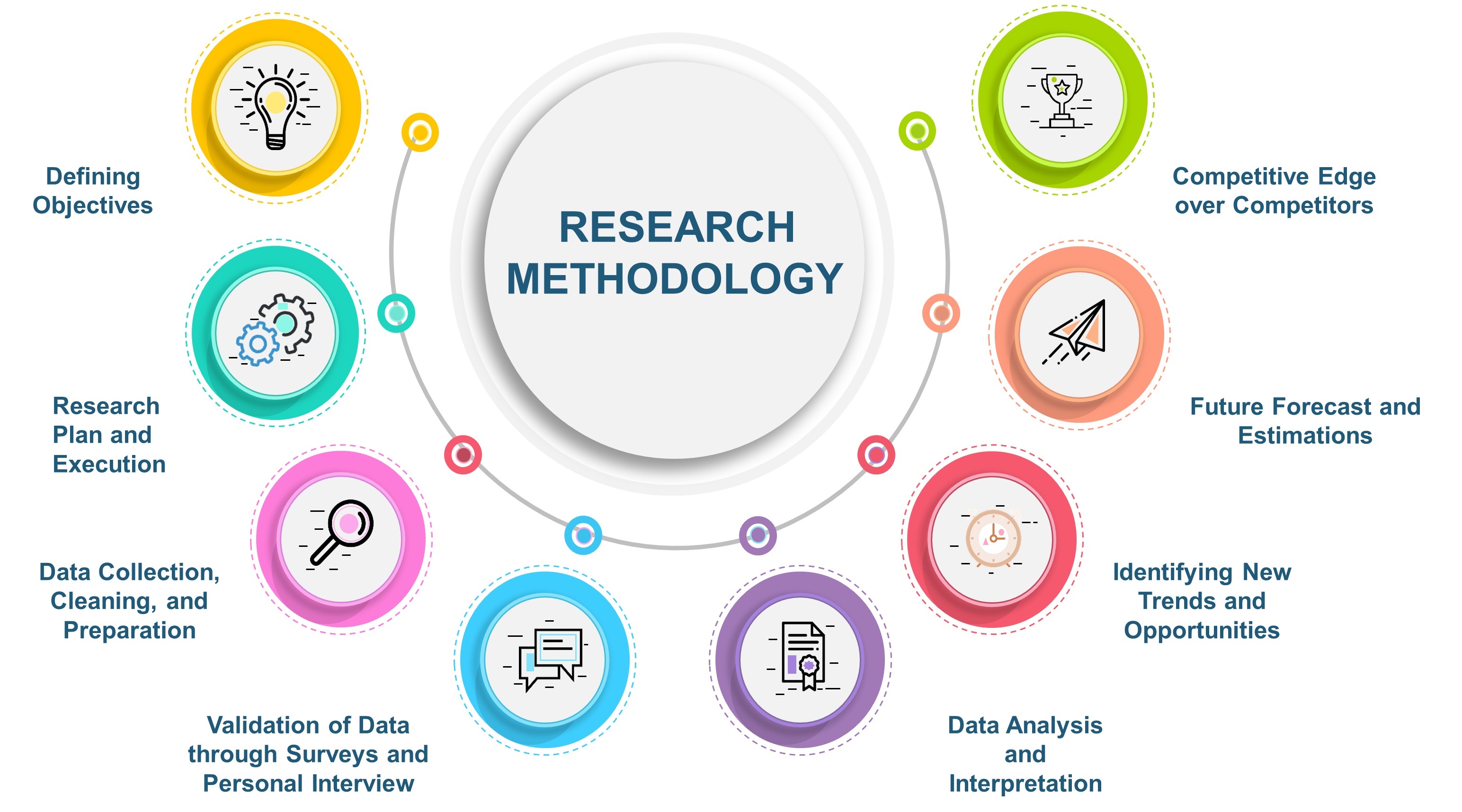
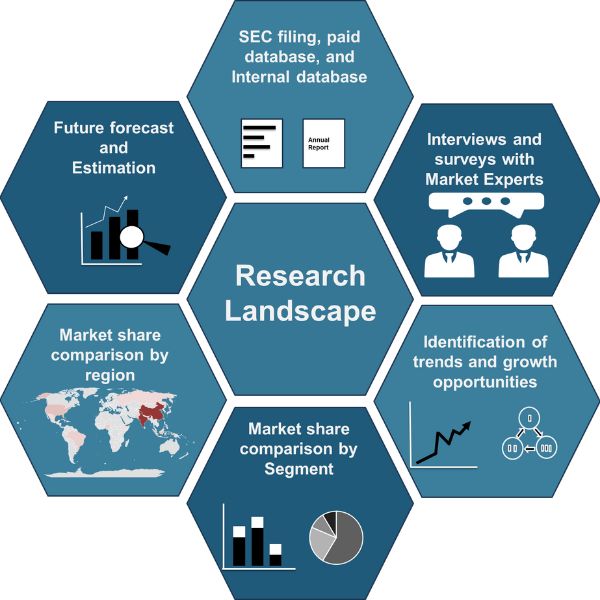
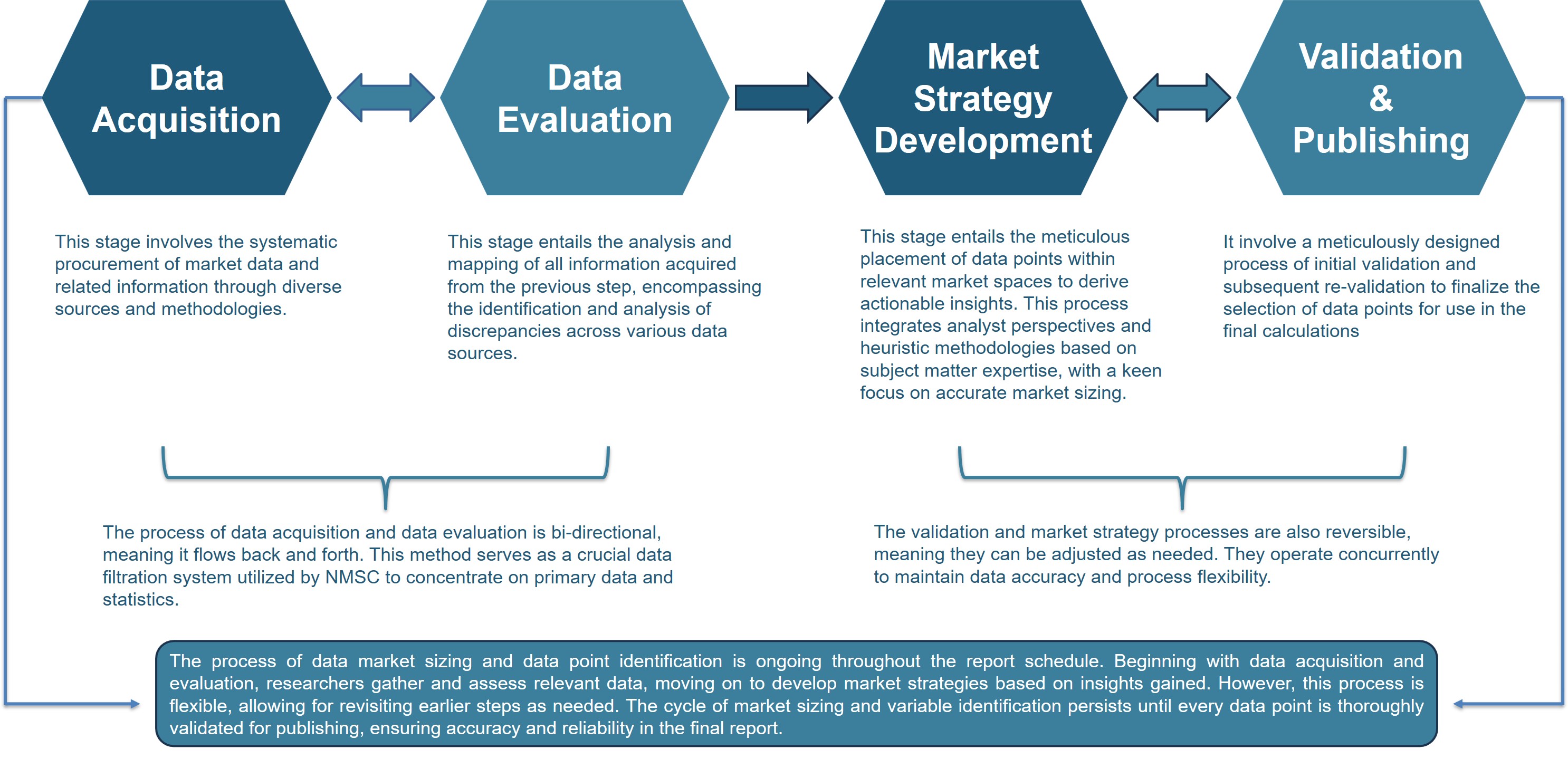
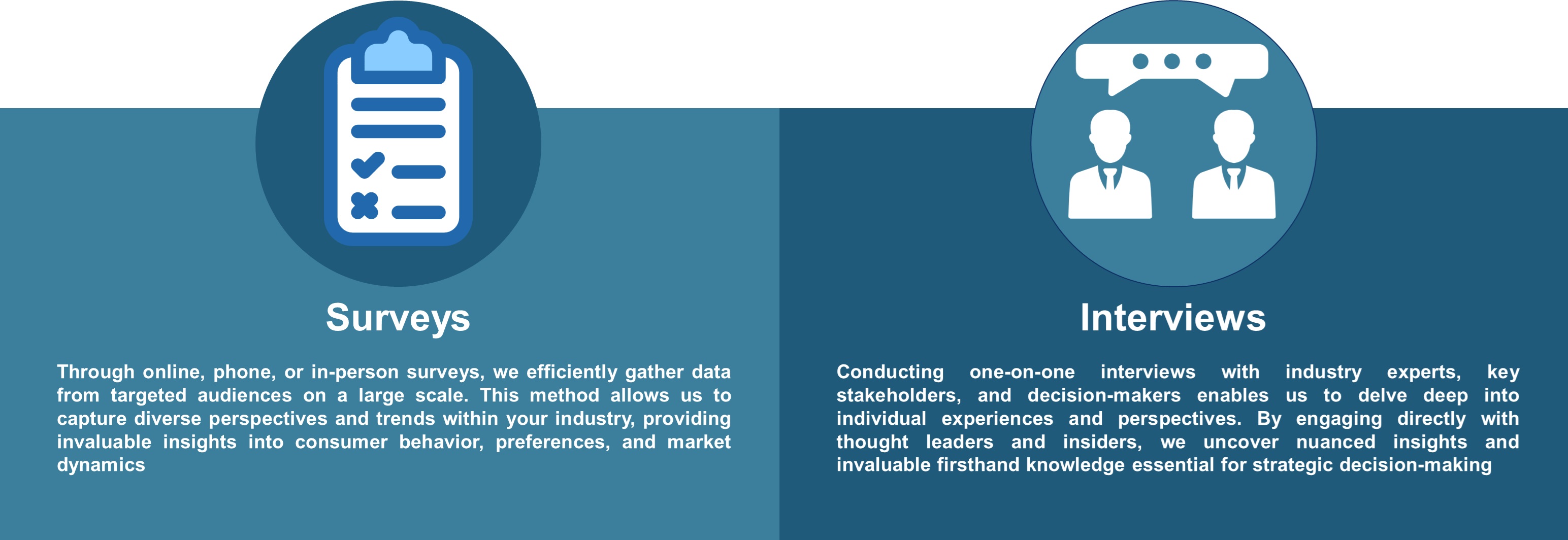



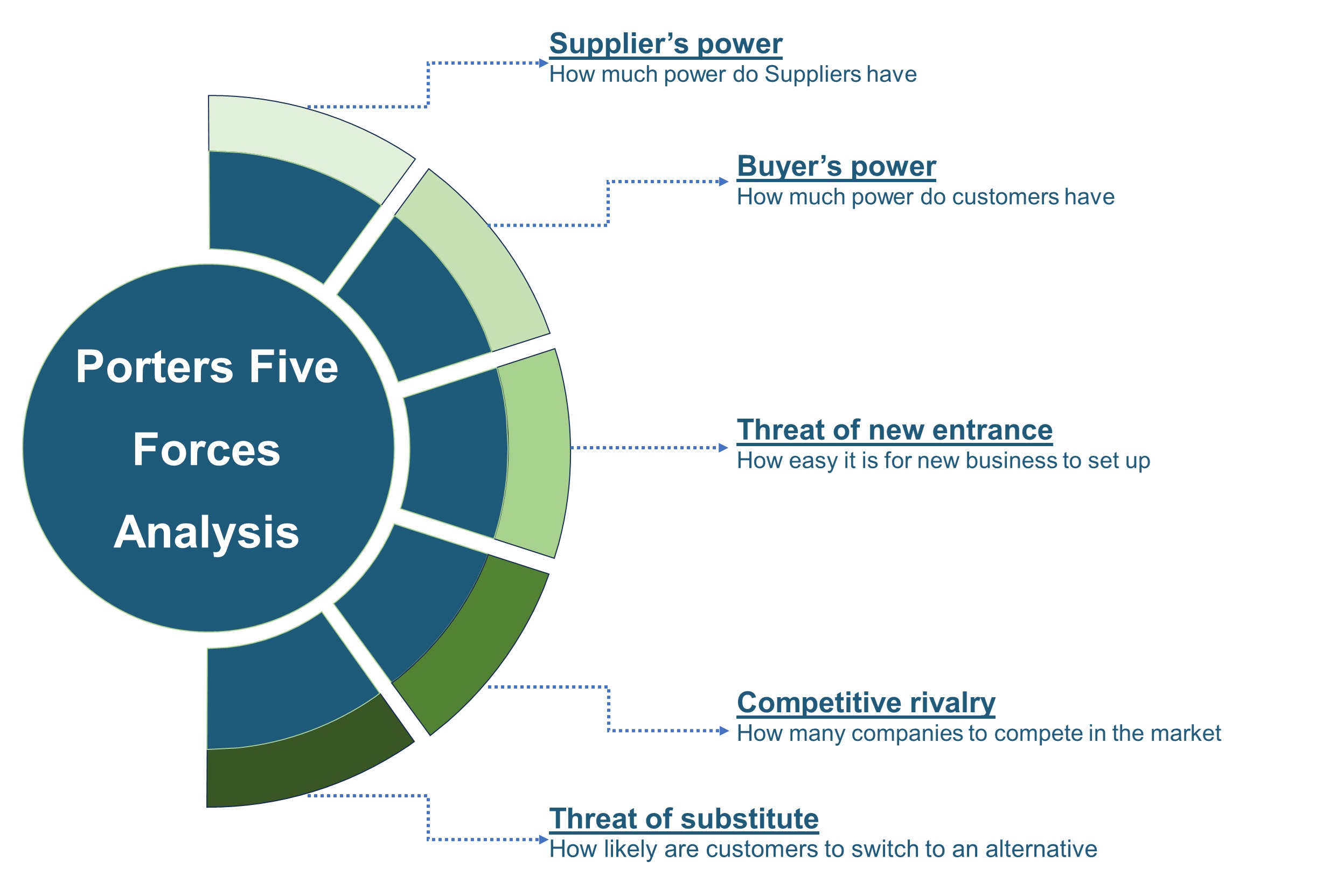







 Speak to Our Analyst
Speak to Our Analyst




